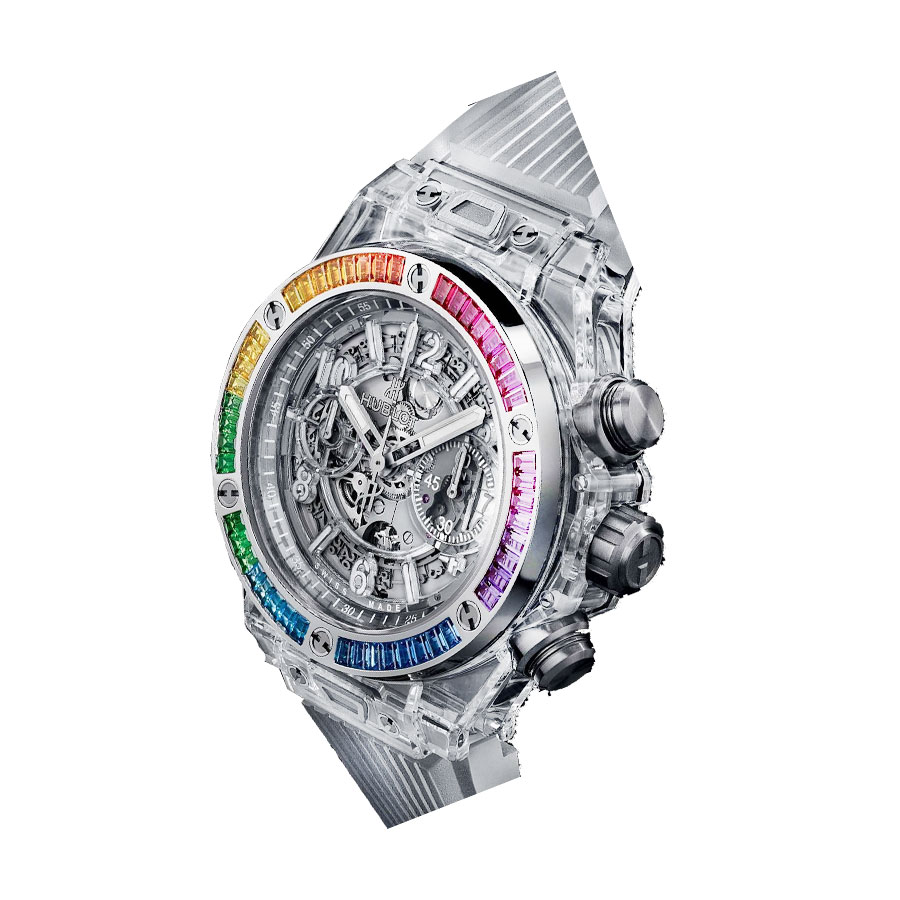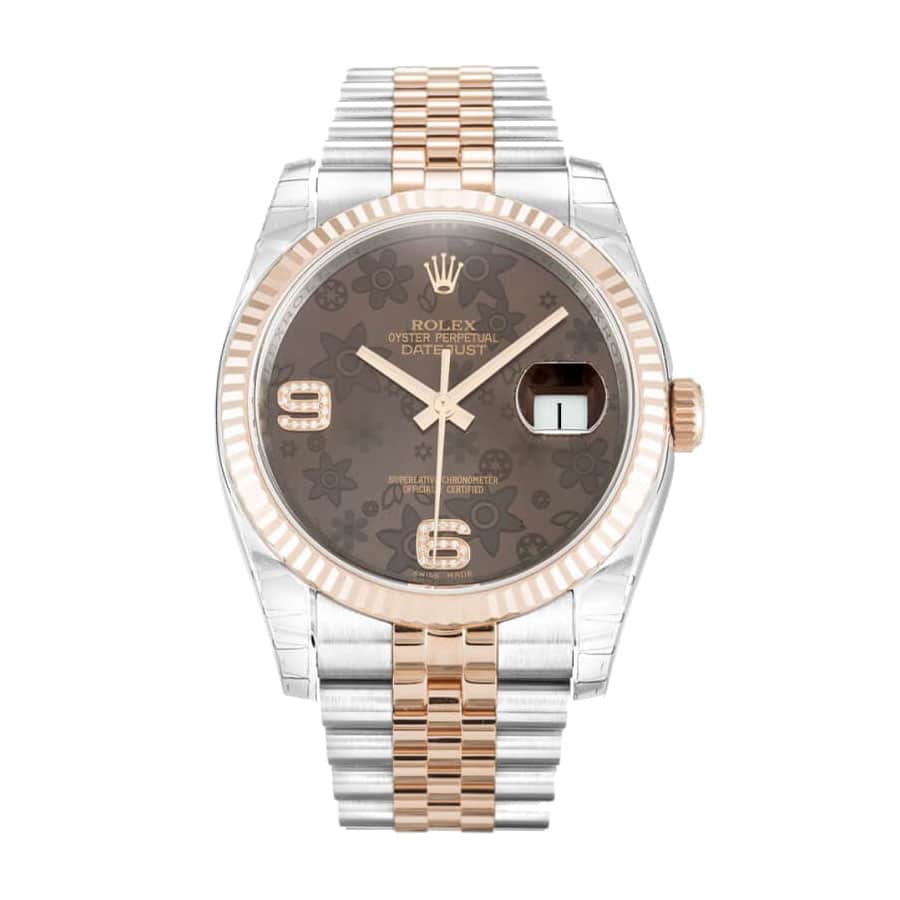
Is The Tudor Black Bay Chrono Good Value For Money?
The origins of the Tudor Black Bay Chrono have always been a mystery to me. On the one hand, you have the aquatic heritage of the Black Bay family. On the other hand, you have TUDOR’s long association with the racecourse. Combining them, at least according to TUDOR, results in a unique hybrid chronograph. Whatever that means. The cynic in me thinks that the brand is looking for ways to capitalize on the popularity of the Black Bay collection. To be fair, they probably are. But in doing so, they’ve actually created a pretty cool watch. I think this replica watch offers good value for money. If purchased at the right price. Read on to find out why. 
The Black Bay Chrono launched in 2017 took the market by surprise. (Just like the Tudor P01 did a few years later. Though that watch – as predicted – has proven not to be a commercial success.) This is not to say that there is no precedent for a dive watch with a chronograph. The Omega Seamaster 300 and Planet Ocean series have been doing it for years. So have Breitling’s SuperOcean and many others. What makes the Black Bay Chrono different, however, is that it is very much a combination of two worlds.
For example, if you look at the Seamaster Diver 300m Chronograph, it is clear that it is still a dive watch. The only real difference compared to the original is the double chronograph in the middle of the dial. And the chronograph pushers on either side of the crown. It’s safe and predictable, and people like it. Meanwhile, the Black Bay Chrono doesn’t follow this tried and true blueprint. Instead, Tudor created a new watch that combined the foundations of the Black Bay. But it also establishes its own identity.
To do so, TUDOR used the same 41 mm steel case as the other models in the collection. Complete with alternating polished and satin finishes. The brand has also incorporated other hallmarks of the Black Bay collection. The distinctive snowflake hands. An oversized screw-down crown with black Tudor rose engraving and lacquer finish. There is also a high-contrast dial to improve readability in any situation. In other words, there is no doubt that this watch belongs to the Black Bay collection. Even if it doesn’t look quite like anything else in the line-up.
Like other chronograph luxury replica watches, TUDOR has a double combination setup. This means that there are two sub-dials in the middle of the dial. These sub-dials are recessed to add depth to the dial and to create an extra sense of contrast. At three o’clock, there is a 45-minute chronograph counter. And the sub-dial at nine o’clock is used to display the running seconds. The date appears in the window at six o’clock below. Above it is a red 200-meter water depth rating, a subtle nod to TUDOR’s vintage diving models.
Where things start to deviate from the norm, however, is on the bezel. Most chronograph-equipped dive watches retain the classic rotating countdown bezel. But that’s not the case on the Black Bay Chrono. Instead, Tudor opted for a fixed bezel in round satin-brushed steel. (The most recent model has matte black anodized aluminum. But we’ll get to those). Complete with an engraved tachymeter scale. This is where the brand’s racing heritage comes into play.
TUDOR was a little late to the racing chronograph game. The brand didn’t launch its first racing chronograph, the Oysterdate, until 1970, almost a decade after the debut of the Rolex Daytona Ref 6239. But Tudor made up for lost time with a bold (and colorful) design that was well suited to the era. A distinctive feature of the Tudor chronograph is the 45-minute counter. The standard design called for a 30-minute counter. The modern Black Bay Chrono, therefore, gives a subtle nod to this historical quirk.
Overall, I would say that Tudor is still better known for its diving watches. But there’s no denying that their racing watch heritage is also legitimate. There’s something more surprising than the pairing of these two types, though. That would be the real-world partnerships TUDOR has forged for its movements.